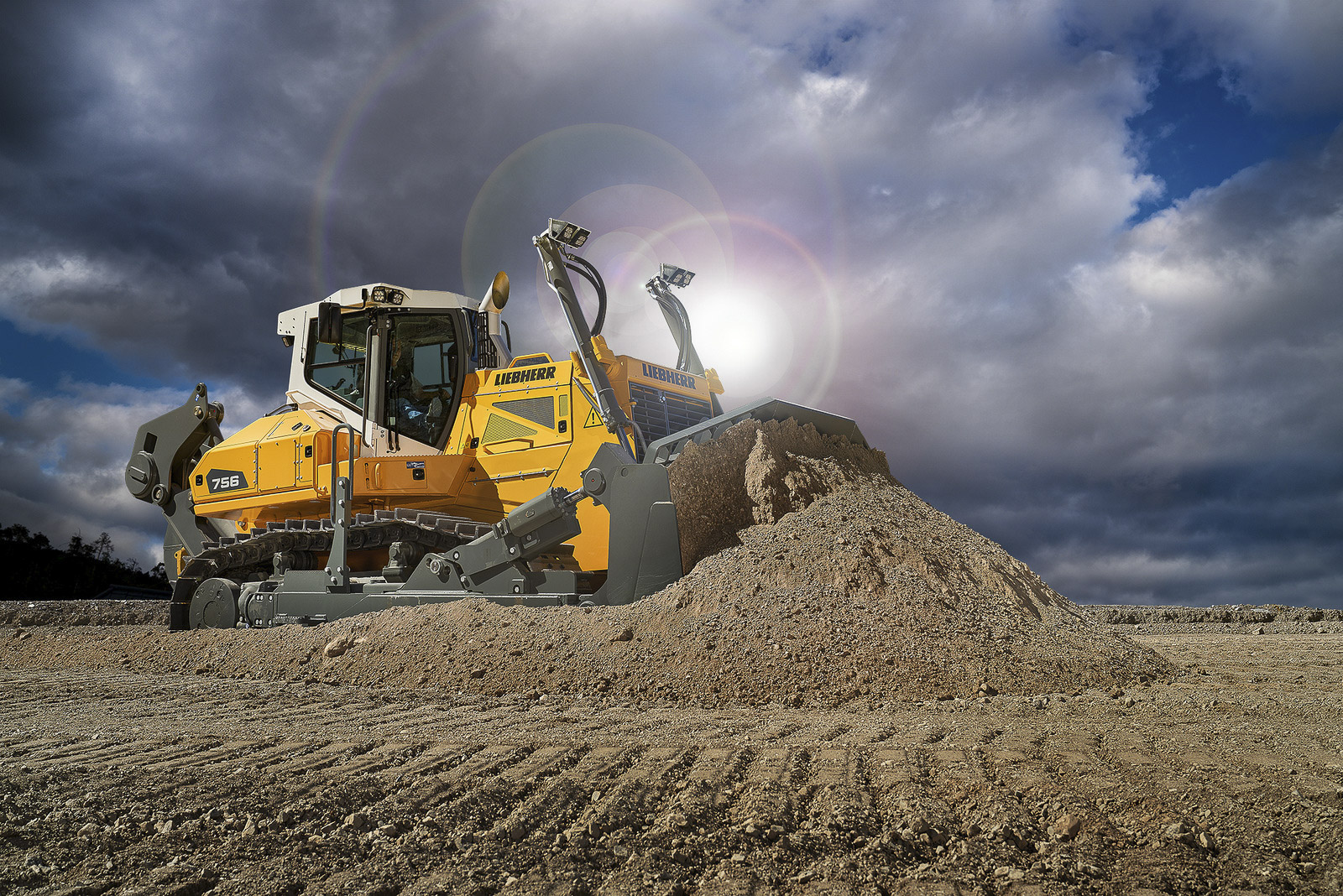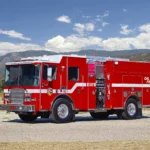
Welcome to the world of bulldozers, where raw power meets precision engineering to shape the landscapes we inhabit. From their humble origins in the early 20th century to becoming iconic symbols of construction and progress, bulldozers have left an indelible mark on the way we build, clear, and transform the world around us. Join us on a journey through the fascinating history, innovations, and cultural impact of these mighty machines. From their pivotal role in wartime engineering to their unexpected presence in pop culture and sports, bulldozers are more than heavy equipment – they are symbols of resilience, adaptability, and the constant drive to forge ahead. Explore the terrain of bulldozer trivia as we delve into the significant milestones and lesser-known facets of these powerful earth-moving marvels.
Invention and Early Use: The bulldozer’s journey began with Benjamin Holt’s invention in 1923, marking a pivotal moment in construction and agriculture. Holt, through his company Caterpillar Inc., introduced a machine that combined the versatility of tracks with a front-mounted blade, laying the foundation for the modern bulldozer. This invention revolutionized earth-moving capabilities, enabling efficient land clearing, grading, and excavation.
Caterpillar Tractor Company: The association between the term “bulldozer” and Caterpillar underscores the company’s transformative role in heavy equipment manufacturing. Caterpillar Tractor Company, established in 1925, became synonymous with the development and production of bulldozers. The company’s commitment to innovation and quality solidified its position as a global leader in construction machinery.
First Commercial Bulldozer: Caterpillar’s introduction of the Caterpillar 60 in 1931 marked a milestone in bulldozer design and commercial success. This early model set the standard for subsequent bulldozer developments, featuring tracks for enhanced traction and a front-mounted blade for versatile earth-moving applications.
Blade Innovation: The bulldozer’s blade, a critical component, has evolved to cater to diverse applications in construction, mining, and land clearing. From straight blades for general grading to angle and U-shaped blades for specific tasks, the versatility of bulldozer blades reflects ongoing innovations that cater to the evolving needs of various industries.
World War II Impact: Bulldozers played a crucial role in military engineering tasks during World War II. Their adaptability and power made them indispensable for constructing roads, clearing obstacles, and fortifications. The wartime use of bulldozers showcased their versatility and contributed to post-war demand in construction and infrastructure projects.
Post-War Construction Boom: Post-World War II, bulldozers played a pivotal role in the reconstruction and expansion of infrastructure globally. The construction boom that ensued relied heavily on the efficiency and power of bulldozers, making them integral to major development projects.
Hydraulic Bulldozer: The mid-20th century saw a transformative shift from cable-operated to hydraulic bulldozers. This transition significantly improved operational efficiency, making bulldozers easier to maneuver and enhancing their overall performance. Hydraulic systems provided operators with greater control, marking a technological leap forward.
Largest Bulldozer: The Komatsu D575A holds the title of the world’s largest bulldozer, weighing approximately 168 tons. This massive machine, primarily used in mining, exemplifies the engineering prowess required to handle substantial earth-moving tasks on an unprecedented scale.
Bulldozer Engines: Modern bulldozers are equipped with various engines, predominantly diesel, with power outputs ranging from a few hundred to over a thousand horsepower. The diversity in engine specifications caters to the varied needs of construction, mining, and other industries, emphasizing the adaptability of bulldozers.
GPS Technology Integration: In a testament to modernization, some bulldozers now integrate GPS technology for precision grading and earthmoving. This technological leap enhances accuracy in construction projects, allowing for efficient and precisely executed grading tasks, reflecting the continual evolution of bulldozer capabilities.
Ripper Attachment: Bulldozers, versatile as they are, often come equipped with a ripper attachment at the rear. This specialized tool is designed to break up hard soils or rock, facilitating the bulldozer’s ability to navigate and grade challenging terrains. The ripper attachment showcases the adaptability of bulldozers in handling various ground conditions, enhancing their effectiveness in diverse construction and excavation projects.
Swamp Bulldozers: Specialized swamp or marsh bulldozers have been engineered to operate in waterlogged or swampy areas. These machines feature wide tracks that distribute their weight over a larger area, preventing them from sinking into soft, muddy terrain. The design of swamp bulldozers highlights the ingenuity applied to address specific environmental challenges, making them indispensable in wetland construction projects.
Environmental Impact: While bulldozers are essential for construction and development, their use can have environmental consequences. Bulldozers can disrupt habitats, leading to soil compaction and habitat loss. As construction activities increase globally, the environmental impact of bulldozers becomes a critical consideration, prompting the need for sustainable practices and responsible land management.
Bulldozer Art: Bulldozers, even after their operational life, find a place in artistic expression. Some artists repurpose decommissioned bulldozers into sculptures or installations, turning industrial machinery into works of art. This creative repurposing serves as a commentary on the intersection of industry and culture, showcasing bulldozers as not just functional tools but also as symbols with aesthetic potential.
Mini Bulldozers: Mini or compact bulldozers, designed for smaller-scale construction projects, have become increasingly popular. Their maneuverability and ability to navigate tight spaces make them suitable for landscaping, residential construction, and other projects where larger machines may be impractical. The advent of mini bulldozers reflects the industry’s responsiveness to the evolving needs of construction in diverse settings.
Remote-Controlled Bulldozers: Some modern bulldozers are equipped with remote control capabilities, allowing operators to manage the machine from a safe distance. This innovation is particularly useful in hazardous or challenging environments, providing enhanced safety for operators. Remote-controlled bulldozers represent a convergence of technology and heavy machinery, contributing to safer and more efficient construction practices.
Amphibious Bulldozers: Amphibious bulldozers are specifically designed to operate in aquatic environments, including swamps, lakes, or marshy areas. Equipped with pontoons or buoyant tracks, these machines can float and move in water. Amphibious bulldozers play a crucial role in projects where waterlogged conditions pose a challenge, showcasing the adaptability of bulldozer technology.
Bulldozer Emoji: The bulldozer emoji (🚜) has become a universally recognized symbol for construction, heavy equipment, and industrial activities. This simple yet impactful representation highlights the cultural significance of bulldozers in contemporary communication, with the emoji finding its way into various digital platforms and social media conversations.
Bulldozer in Pop Culture: Bulldozers have permeated popular culture, making appearances in movies, children’s books, and other forms of media. Often depicted as powerful and transformative machines, bulldozers in pop culture symbolize progress, construction, and the shaping of landscapes. Their portrayal reflects their cultural impact beyond their utilitarian functions.
Bulldozer in Disaster Response: Bulldozers play a critical role in disaster response and recovery efforts. In the aftermath of natural disasters such as earthquakes, hurricanes, or floods, bulldozers are utilized to clear debris, open up access routes, and assist in rebuilding infrastructure. Their presence in disaster-stricken areas underscores their importance in facilitating swift recovery and reconstruction.
Bulldozer Museums: Some museums around the world are dedicated to showcasing the history and evolution of bulldozers. These institutions feature vintage machines, interactive exhibits, and educational programs, providing a comprehensive view of the technological advancements in earth-moving equipment. Bulldozer museums serve as valuable resources for enthusiasts, historians, and the general public, offering insights into the pivotal role bulldozers have played in shaping modern construction practices.
Bulldozer Racing: In an unexpected turn of events, bulldozer racing has emerged as a unique and entertaining sport in some regions. Modified bulldozers compete in races, testing both their speed and maneuverability. Bulldozer racing events attract participants and spectators alike, turning heavy machinery into thrilling competitors and adding a layer of excitement to the world of motorsports.
Bulldozer Preservation: Vintage bulldozers, reflecting the evolution of construction technology, are sometimes preserved and showcased at historical sites or museums. The preservation of these machines honors their contributions to construction and land development, allowing future generations to appreciate the engineering feats and innovations that have shaped the modern world.
Bulldozer Environmental Considerations: With the growing awareness of environmental conservation, the use of bulldozers has come under scrutiny. The environmental impact of bulldozers, particularly in terms of habitat disruption and soil compaction, is a significant consideration in modern construction projects. Sustainable practices and responsible land management are becoming increasingly crucial in mitigating the ecological footprint associated with bulldozer use. The industry is adapting to address these concerns, showcasing a commitment to balancing development with environmental stewardship.









